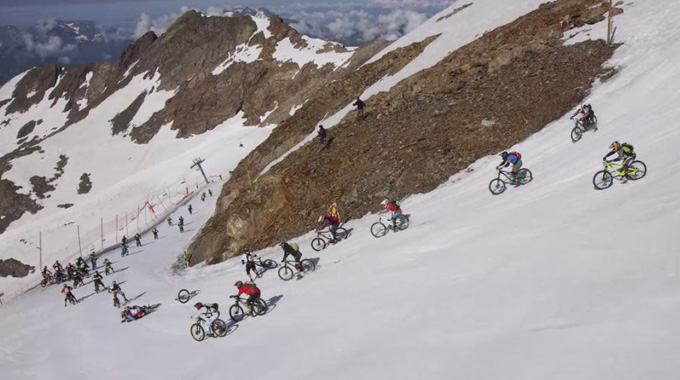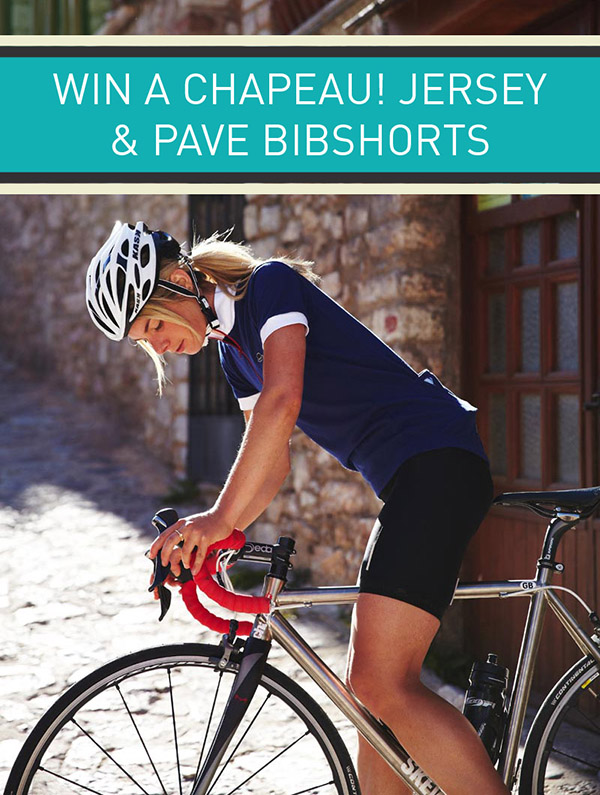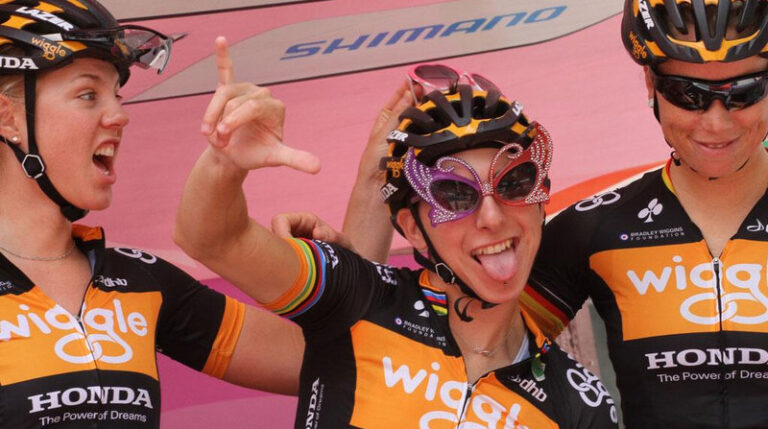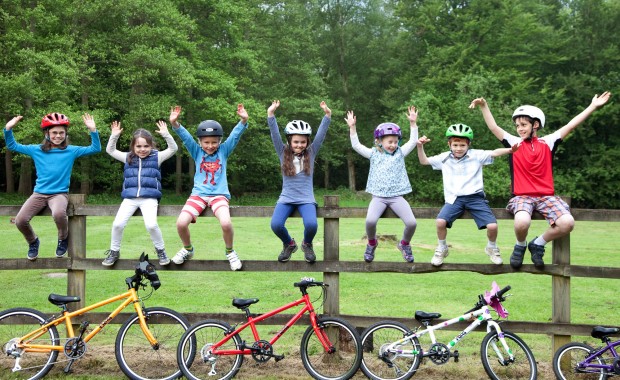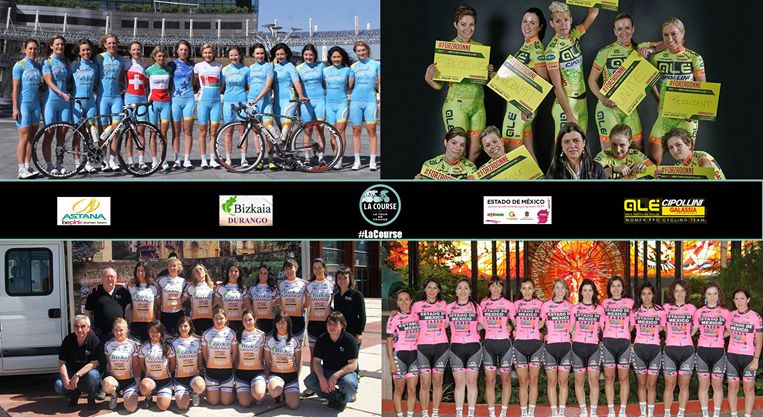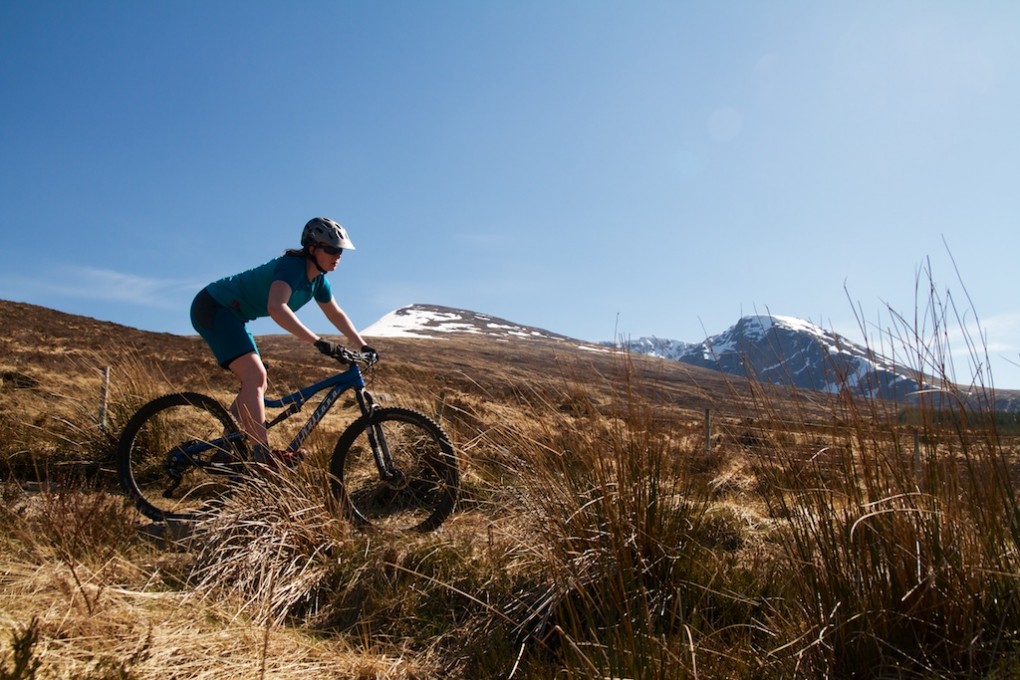
Are you a beginner mountain biker? Just getting started and want to know the skills and techniques that will help you ride better and progress faster? We’ve got the essential beginner MTB tips that will make all the difference.
What to wear
Comfortable clothing is key! You don’t need to go all out and purchase full bike kit to start with, but you will need a helmet and some gloves. Padded shorts will make your ride much more comfortable too. Sports kit will be fine, but if you get into it and decide you want to ride more then some MTB shorts, knee pads and a cycling jersey are worth the investment.
Check out our What to Wear: Women’s Cycling Kit for MTB Trail Riding.
What to bring
Carry a bag with some water and snacks to keep you hydrated and your energy levels up. It’s also a good idea to bring a waterproof in case the weather changes. A spare inner tube, tyre levers and a pump are essential in case you get a puncture.
Check out the 10 Most Important Things You Should Bring on an MTB Trail Ride.
Fitness
Just getting started? Kick off with some short rides about 1 or 2 hours long, and stay in the easy gears. You’ll get a great work out but won’t tire out your leg muscles too quickly.
As you get used to it, you can mix things up a bit. Long rides at a steady pace are great for endurance fitness and burning fat. Short rides with hard sprints or climbs followed by recovery periods (you keep cycling, but more gently, like on flat sections of the trail) are great for your cardiovascular fitness.
Mountain biking gives you a whole body workout. You’ll be using your arms, shoulders and core muscles as well as your legs, so the more you ride the more toned and stronger those muscles will get.
Give yourself 10 or 20 minutes of easy riding at the start of each ride to let you muscles warm up, and don’t forget to stretch out all your muscle groups at the end.
Have a look at our Cycling Training and Nutrition section for more advice and information.
Technique
The key to great mountain biking is being relaxed and flexible on your bike – ready to move forwards, backwards and off the side. This is no commuter or road bike, where you just sit and spin. As the bike moves over the terrain, you’ve got to be prepared to let it move about underneath you.
1. Riding on the flat
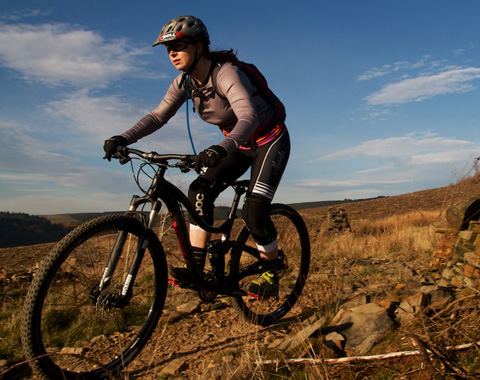
You can either do this sitting or standing, but either way try to keep your pedals going at a steady pace. When you coast, try to keep your pedals level as they’re less likely to bang into low rocks and tree stumps.
Looking ahead is key! Make sure you focus further down the trail and not just on your front wheel. That way you’ll see obstacles, climbs and descents coming, and you’ll have time to get ready for them.
2. Descending

Stand up on the pedals, and keep your arms and legs flexed; they’ll act like additional shock absorbers so you can soak up the bumps easily. Keep your body low, elbows and knees bent, and move your hips back so they’re above and slightly behind the saddle.
Keep your pedals level, but drop your heels so you are braced against them. This means that when you brake or hit a bump, you can absorb the force of your body pushing forward using your legs, not your arms and handlebars, which will keep you steady and stop you flying over the handlebars if you need to stop suddenly.
3. Climbing
Look ahead, anticipate the incline and drop into an easy gear in advance. It’s best to sit and spin at a steady pace in an easy gear up hills rather than stand and pedal hard, as you are less likely to loose traction and stop.
You need both traction and the ability to steer when going up steep hills. For traction you need your weight on the back wheel, and for steering you need it on the front. The compromise is to stay seated but move your bum forward so you’re sitting on the nose of the saddle. Drop your shoulders low and forward, and pull down and back on the bars as you pedal.
HINT: Rest your thumbs on top of the handlebars rather than around underneath if you find you keep pulling the front wheel up.
4. Cornering

Control your speed coming into the corner; brake before the corner, get to a speed your are comfortable with, and roll through.
Bikes corner best when you lean them over, but with a mountain bike you still want to keep your weight over your tyres so they grip the trail. Stand up, keep your knees flexed and open wide, and lean the bike underneath you. You can drop the outside foot and this will push down on the tyre and give you added traction.
5. Rolling over small obstacles
Your bike is designed to roll over obstacles like rocks and roots, helped by its fat tyres and suspension. When you are coming to an obstacle, look ahead to it, then look on to your exit point – try not to look at the obstacle as you ride through it.
Stand up, keep your arms and legs flexed and your pedals level, and control your speed before you get to it so you roll over the obstacle without braking. You’ll be through it smoothly before you know!
Where to ride
You’ve got the skills, now you need a place to practice them. Trails centres are ideal for beginners because they have trails graded by difficulty; green are the easiest, blue are a bit harder, then up to red and then black. They will also usually have parking facilities, toilets, a cafe and bike shop which will also often do bike rental. The following articles are a good starting point.
MTB Beginners: Where to ride – trail centres, bridleways and parks

